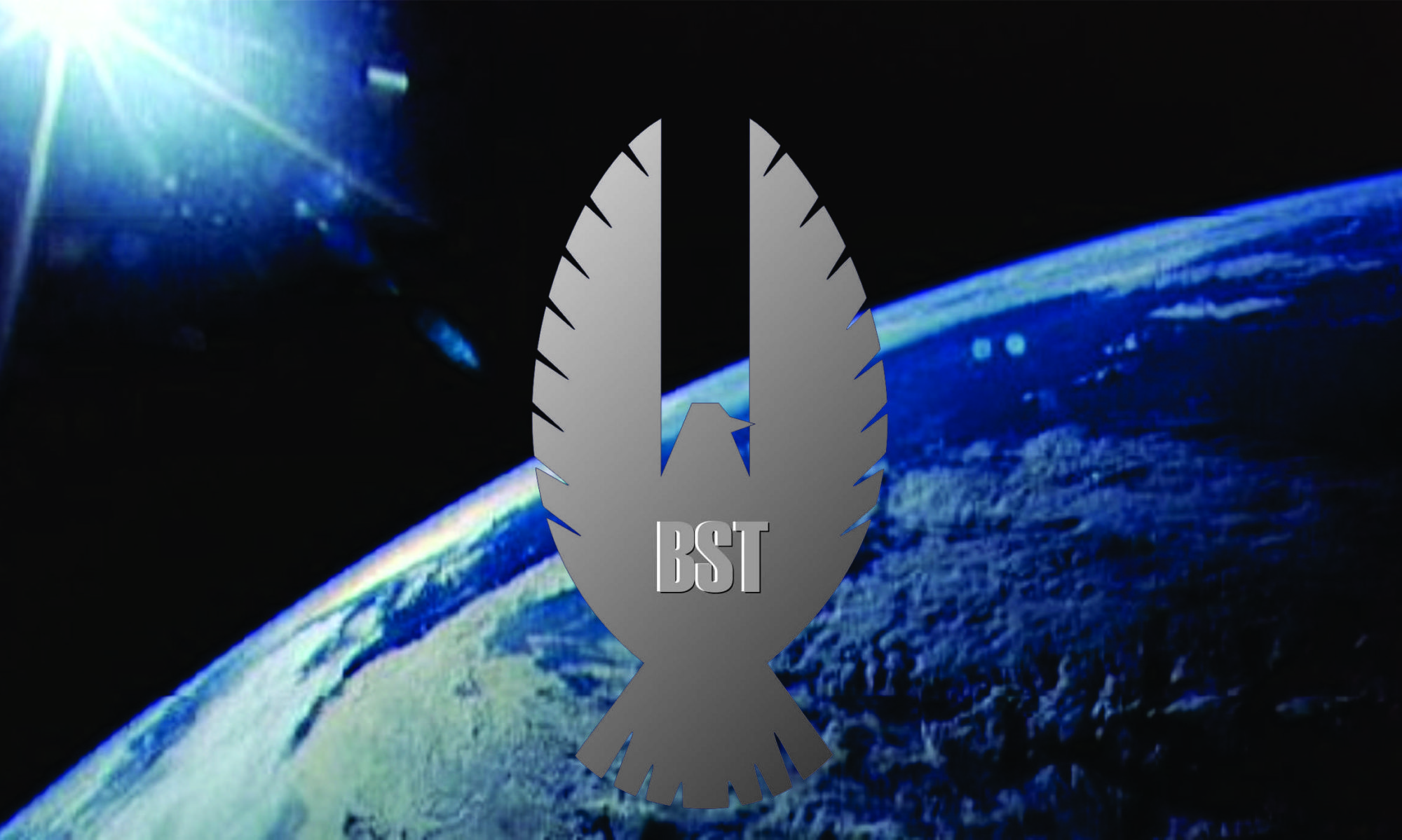Adhering to the FAA Guidelines for RLV Flight Crew Training:
Author: George Tyson. Presented at the 2005 International Space Development Conference.
Developing a training center that uses conventional techniques and equipment would allow companies to effectively and efficiently train RLV flight crews. In February of 2005 the FAA released “Draft Guidelines for Commercial Suborbital Reusable Launch Vehicle Operations with Flight Crew”. Section six outlines the suggested requirements for RLV crew training and contains common sense suggestions including that flight crews are trained in all flight and propulsion modes of the vehicle as well as emergency procedures. Through the use of standard flight training techniques such as simulators, multiple types of training aircraft, and classroom instruction, flight crews can be thoroughly trained in all aspects of a suborbital flight. Also, a dedicated training center working with vehicle manufacturers could efficiently meet the other requirements listed in part six thereby ensuring that the training devices adequately represent a vehicle configuration/mission as well as keeping the program current and maintaining student records.
Training a Suborbital Flight Crew
Author: Bryan Athan. Presented at the 2007 Space Visions Congress
This paper will look at current requirements already set in place by the Federal Aviation Administration (FAA/AST) for suborbital flight crew and spaceflight participant training, as well as reflect on direct personal discussions with the FAA/AST that specifically relate to training.
Using Suborbital Spaceflight for the development of the technical Workforce
Author: George Tyson. Presented at the 2011 Next-Gen Suborbital Researchers Conference
Developing students’ interest in Science, Technology, Engineering and Mathematics (STEM) has always been difficult, but past events have shown that advances in exciting fields can be used for outreach to prospective students. In the late 1950s through the 1960s the space program provided the impetus for an insurgence of interest in the STEM fields. This again happened with the internet in the late 1980s and 1990s but in both cases the enthusiasm waned as the activity in the field decreased. The advance in the Suborbital Spaceflight industry once again gives us the opportunity to use the promise of space to increase awareness and enthusiasm in STEM career fields.
CREW TRAINING FOR THE SUBORBITAL SPACE INDUSTRY
Author: Bryan Kuklinski. Presented at the 2011 Next-Gen Suborbital Researchers Conference
An aspect of suborbital spaceflight which has received little attention is training. If done correctly, quality training improves proficiency, efficiency, and most importantly safety along with dramatically increasing the chances of mission success. When done incorrectly, it can be costly, time consuming and dangerous. Spaceflight is very unforgiving of error, neglect, and complacency.
U.S. Human Space Flight Safety Record (As of 5/31/2018); An operator must inform each space flight participant of the safety record of all launch or reentry vehicles that have carried one or more persons on board, including both U.S. government and private sector vehicles.
Guidance on Informing Crew and Space Flight Participants of Risk; Guidance on Informing Crew and Space Flight Participants of Risk details the Office of Commercial Space Transportation’s (AST) policy and guidance on informed consent for crew and space flight participants.
Human Space Flight Requirements for Crew and Space Flight Participants; Final Rule – In this final rule, the FAA changes parts 401, 415, 431, 435 and 440 of Title 14 of the Code of Federal Regulations and establishes a new part 460 in response to the CSLAA’s requirement to issue regulations governing crew and space flight participant, by June 23, 2006.
Safety Approvals; Final Rule; This part establishes procedures for obtaining a safety approval and renewing and transferring an existing safety approval. Safety approvals issued under this part may be used to support the application review for one or more launch or reentry license requests under other parts of this chapter.
Space Tourism Market Study 2002; In this report, Futron Corporation, the industry leader in forecasting space-related markets, provides powerful insight into the public space travel (space tourism) market. The insight is provided via the presentation of an objective and quantitative picture of the current and future demand for the suborbital space travel market.
Suborbital Reusable Launch Vehicles and Emerging Markets 2005; The Suborbital Reusable Launch Vehicles (SRLV) and Emerging Markets report provides the first comprehensive assessment by the Federal Aviation Administration’s Office of Commercial Space Transportation (FAA/AST) of the commercial suborbital reusable launch industry in the United States.
